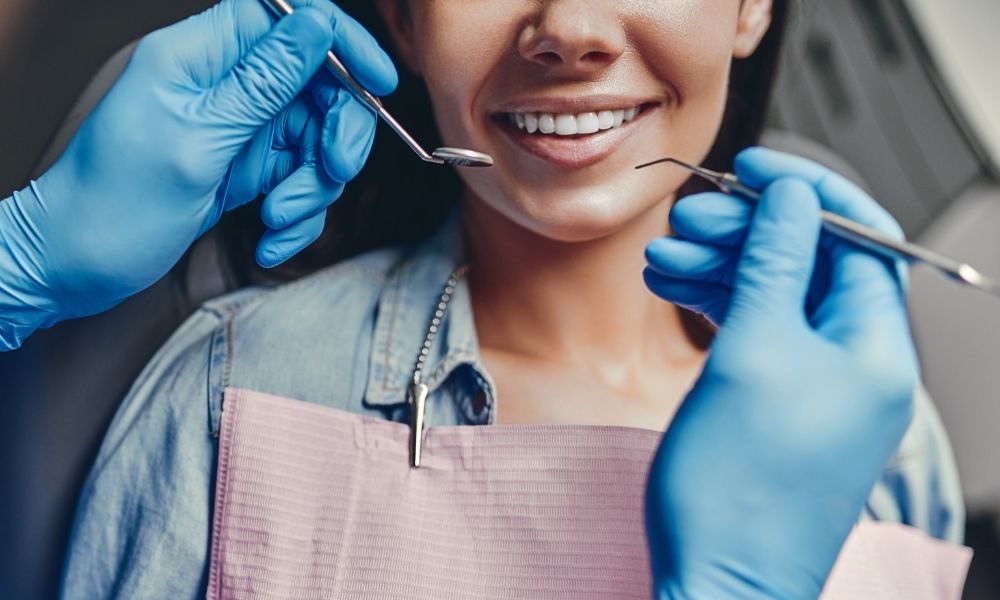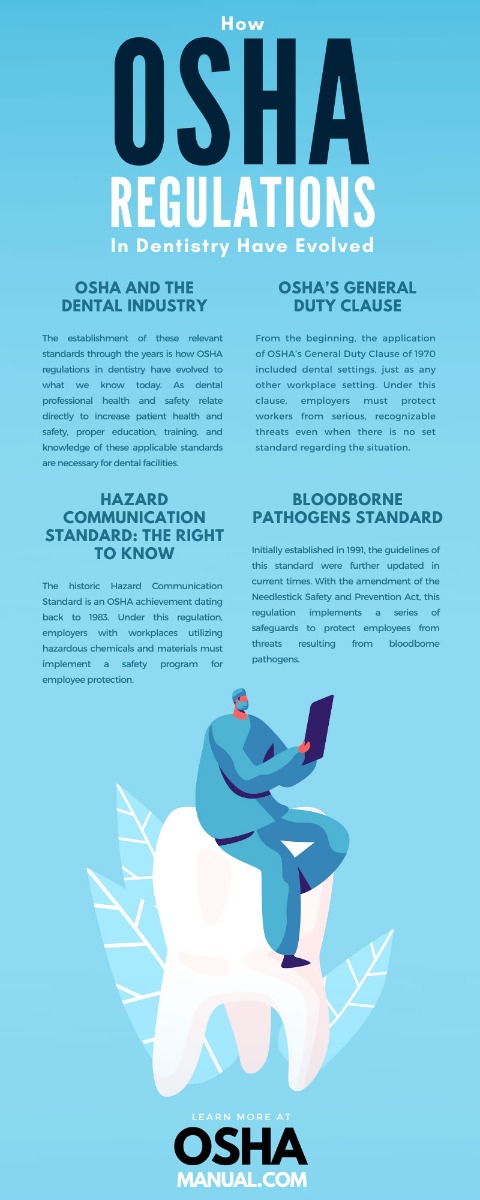
Did you know that dentistry is one of the oldest and longest-standing medical professions? Teeth have been a core component of healthcare since the early days of humankind’s existence. Visual and written records related to dental hygiene date back to Ancient Egyptian times. However, proper knowledge of the concept of tooth decay treatment did not appear until Ancient Greece, when Aristotle and Hippocrates wrote on the subject.
Around the mid-1700s, dentistry became a definitive medical profession in the world. The Father of Modern Dentistry, Pierre Fauchard, published a widely notable book defining a conclusive system for teeth treatment and care. His ideas and applications would spread worldwide to be taught, learned, and utilized through educational and scientific advances. In the United States, the first dental practice opened in the mid-1800s, with the American Dental Association (ADA) forming a few decades later. Now we know this professional association as the leading source of public oral health information.
The utilization of modern dental practices, materials, and methods has dramatically altered the path of dentistry. Knowledge of oral health and hygiene is more critical now than ever before. Patient health and safety are some of the major concerns in modern dental care. Similarly, so is the health and safety of dental professionals in the workplace. Employees within dental settings face a wide array of health risks and safety hazards throughout their day-to-day tasks. Let’s examine closer now how OSHA regulations in dentistry have evolved and how these standards impact dental practices today.
The Initiation of OSHA in America
The Occupational Safety and Health Administration, or OSHA, formed in the 1970s in response to continual dangerous working conditions across the country. After decades of reform, President Richard Nixon conclusively established a lawful mission to ensure the health and safety of Americans in the workforce. With a target mission and clear focus on regulatory controls, OSHA strives to maintain optimal working conditions, no matter the employee’s industry or field. Through the enforcement of set standards—alongside the provision of training, resources, outreach, and assistance—OSHA remains as the significant baseline of safety advisory matters.
OSHA and the Dental Industry
OSHA outlines numerous standards for the general industry that are applicable to the dental industry, most notably the Bloodborne Pathogen Standard. Other OSHA safety topics that are relevant to dentistry include work practice control, PPE regulations, and environmental directives.
The establishment of these relevant standards through the years is how OSHA regulations in dentistry have evolved to what we know today. As dental professional health and safety relate directly to increase patient health and safety, proper education, training, and knowledge of these applicable standards are necessary for dental facilities. Read on for further details about each associable standard.
OSHA’s General Duty Clause
As a series of lawful standards, the government instilled OSHA to protect employees in the workplace. Bear in mind that OSHA applies to any business that has at least one employee. Essentially, this means every workplace must comply, whether it's a large corporation or a small business environment. OSHA protects factory workers, construction workers, textile workers, retail workers, food service workers, laboratory workers, healthcare workers, and beyond through industry-specific standards and general regulations.
From the beginning, the application of OSHA’s General Duty Clause of 1970 included dental settings, just as any other workplace setting. Under this clause, employers must protect workers from serious, recognizable threats even when there is no set standard regarding the situation. By law, OSHA requires the provision of a work environment free from situational physical harm or fatal injury.
Examples of these hazardous circumstances include ergonomic injuries, indoor air quality, workplace violence, and other human factors. Essentially, employers must take corrective actions to eliminate these types of hazards upon identification. If a general duty hazard meets qualifications and lacks proper correction, employers are citable for an OSHA violation.
Hazard Communication Standard: The Right To Know
The historic Hazard Communication Standard is an OSHA achievement dating back to 1983. Under this regulation, employers with workplaces utilizing hazardous chemicals and materials must implement a safety program for employee protection. As workers have a right to know about potential hazard exposure, this program mandates the implementation of written and verbal information communication, alongside procedural training. This standard continues to be of the utmost importance in modern-day dental OSHA compliance training.
Bloodborne Pathogens Standard
Equally as critical as the above regulation in healthcare settings, OSHA’s Bloodborne Pathogens Standard pertains directly to the dental industry. Initially established in 1991, the guidelines of this standard were further updated in current times. With the amendment of the Needlestick Safety and Prevention Act, this regulation implements a series of safeguards to protect employees from threats resulting from bloodborne pathogens. This standard has evolved to become the most frequently cited and referenced OSHA regulation for medical and dental practices.
As dental professionals oftentimes face direct exposure to saliva, blood, or other possibly infectious materials, dental employers should fully adhere to the list of requirements of the standard. Current requirements include written exposure control plans, the use of control practices and PPE, safe sharps handling and utilization, proper disposal of biohazard waste, Hepatitis B vaccination, and thorough employee training.
Comprehensive OSHA Education and Preservation
As outlined above, OSHA has set in place numerous regulations over the years since its humble beginnings. These regulations help workplaces effectively maintain growth and productivity while providing excellent patient care. To pass inspections, avoid fines, and stay in compliance with OSHA regulations, dental practices should stay on top of their annual education and long-term upkeep. Proper employee training provides a solid foundation for the continued health and safety of dental workers.
Whatever the compliance needs of your dental facility or office, turn to the solution experts at Gamma Compliance. Our collection of products, including our dental OSHA compliance manual for practitioners, provide comprehensive guidance to help ensure full compliance. Browse our available manual and online training packages today to utilize them in your practice.

